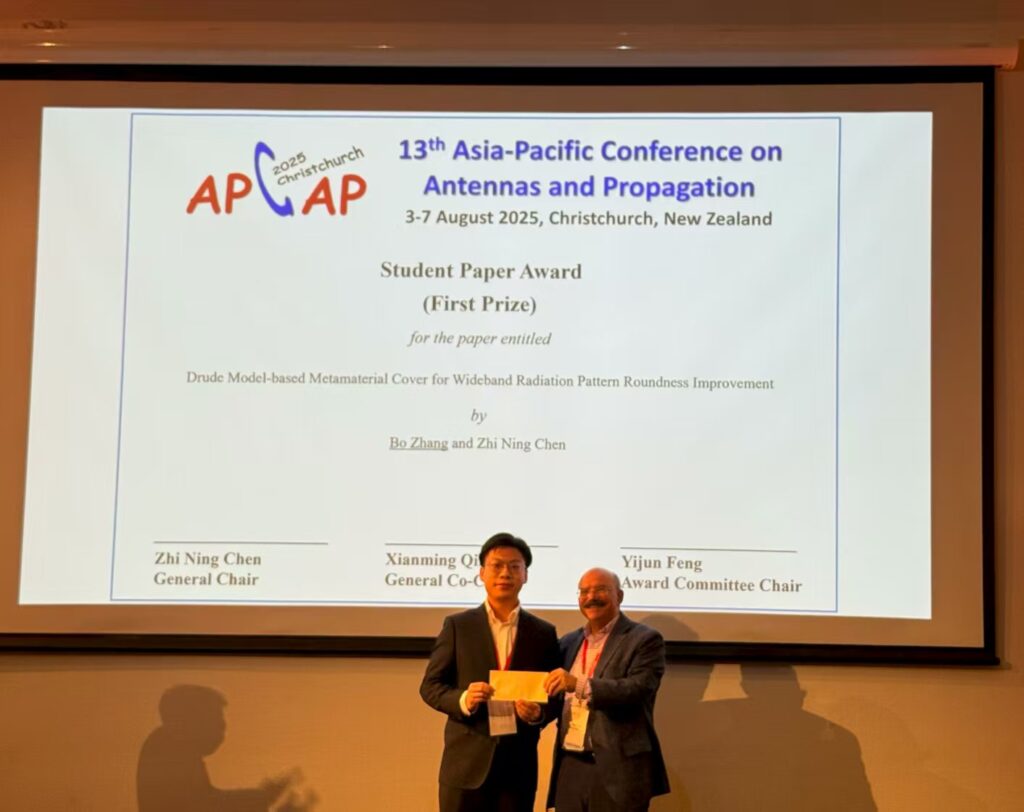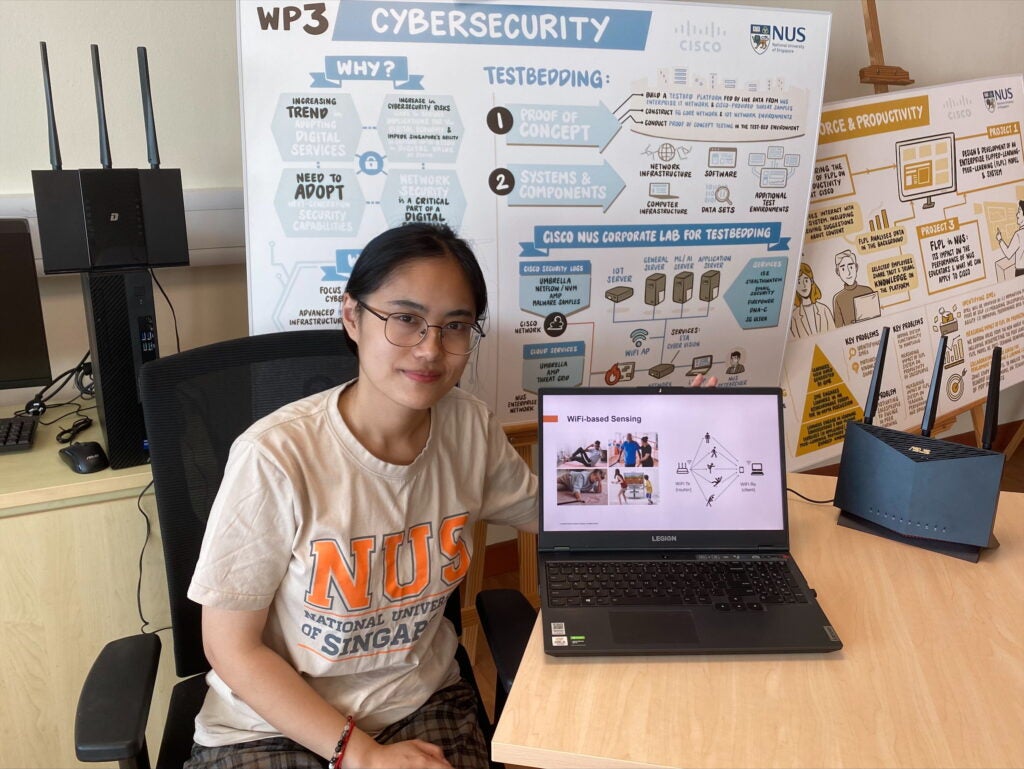Quantum key distribution (QKD) is a cryptographic method that enables two remote users to distribute secret keys over an open (insecure) communication channel via the exchange and measurement of quantum optical signals. To ensure that the secret key pair is secure, the users would have to test the quantum channel by revealing a small fraction of the quantum measurement data to estimate the channel bit error rate, a step commonly known as parameter estimation. Consequently, it is crucial that the sample size is sufficiently large and there is enough key material left to produce a secret key. This implies there is a requirement on the minimum length of the quantum measurement data—typically about 10,000 bits are needed.
Current QKD systems deployed over standard optical networks can easily meet this requirement but the same cannot be said for space based QKD systems. This is particularly the case for entanglement-based satellite QKD, which sends a pair of quantum light beam down to earth (i.e., a pair of remote ground stations) for measurement. In such a setting, the quantum links are strongly dependent on weather conditions and have limited time windows for quantum transmission. Consequently, these drawbacks severely limit the data collection rate and the achievable data size (over reasonable time scales).
Led by Assistant Professor Charles Lim at NUS Department of Electrical & Computer Engineering, an international team comprising of quantum scientists from the Centre for Quantum Technologies (CQT) and the University of Science and Technology of China (USTC) proposed a new mathematical analysis that requires less quantum measurement data. They applied their analysis to the Chinese’s Micius Quantum Satellite and found that information-theoretic security can be obtained with smaller data sets. In general, the improvements in minimum data size are found to be between 14-17%. This could already save satellite based QKD systems weeks (or even months) of data collection time. Their findings have been reported in Physical Review Letter this week.
Assistant Professor Charles Lim and his team are also developing scalable quantum-safe technologies for fibre-based optical networks. In the near future, they plan to show how some of these quantum technologies can be used to secure present-day database protocols, enabling both user privacy and database privacy. The ECE Department also hosts other quantum science and engineering efforts, with Associate Professor Marco Tomamichel, Associate Professor Mankei Tsang, and Assistant Professor Gong Xiao working on quantum information theory, quantum sensing, and single-photon detection technology.
This news is also highlighted by CQT at https://www.quantumlah.org/about/highlight/2021-03-finite-key.






